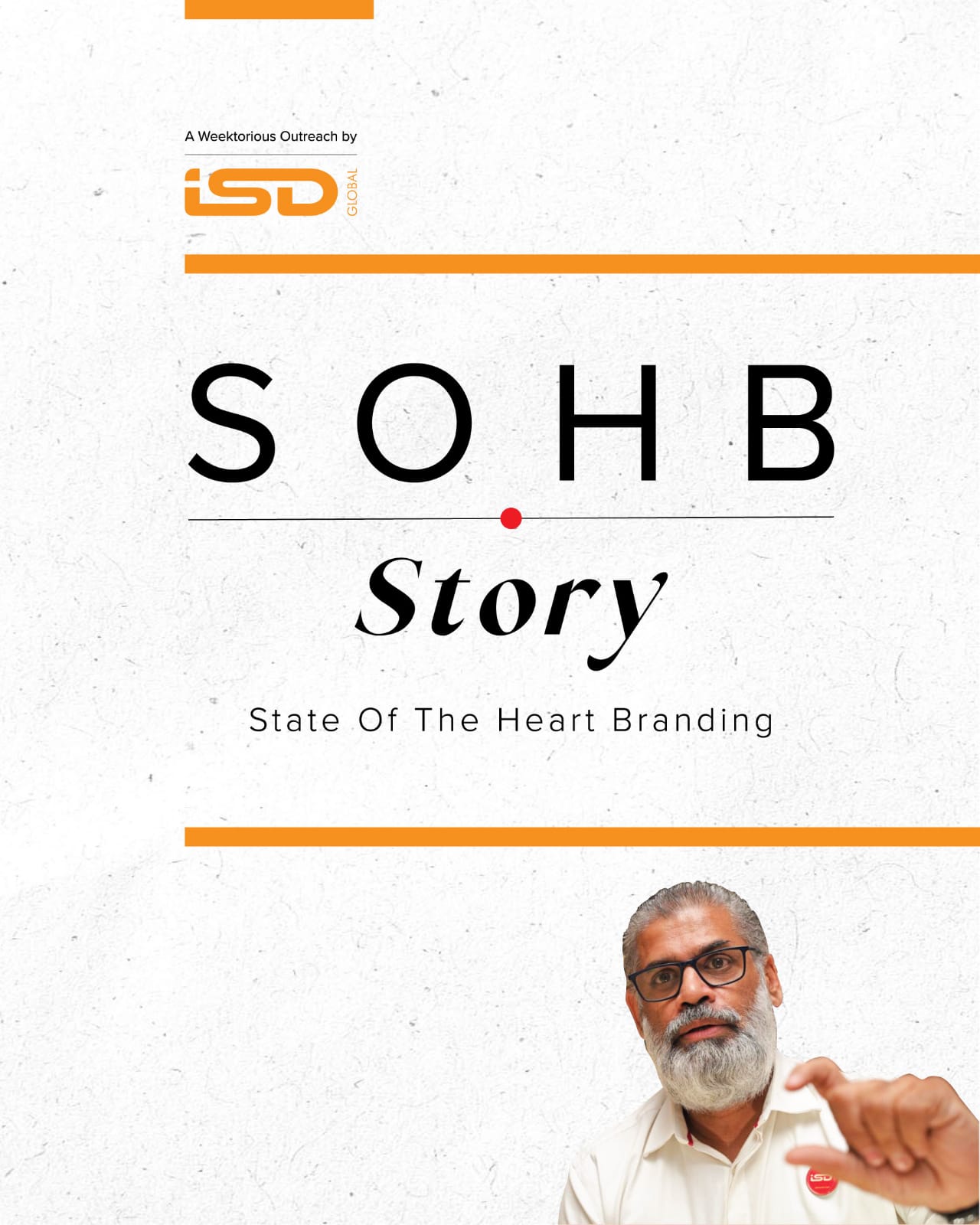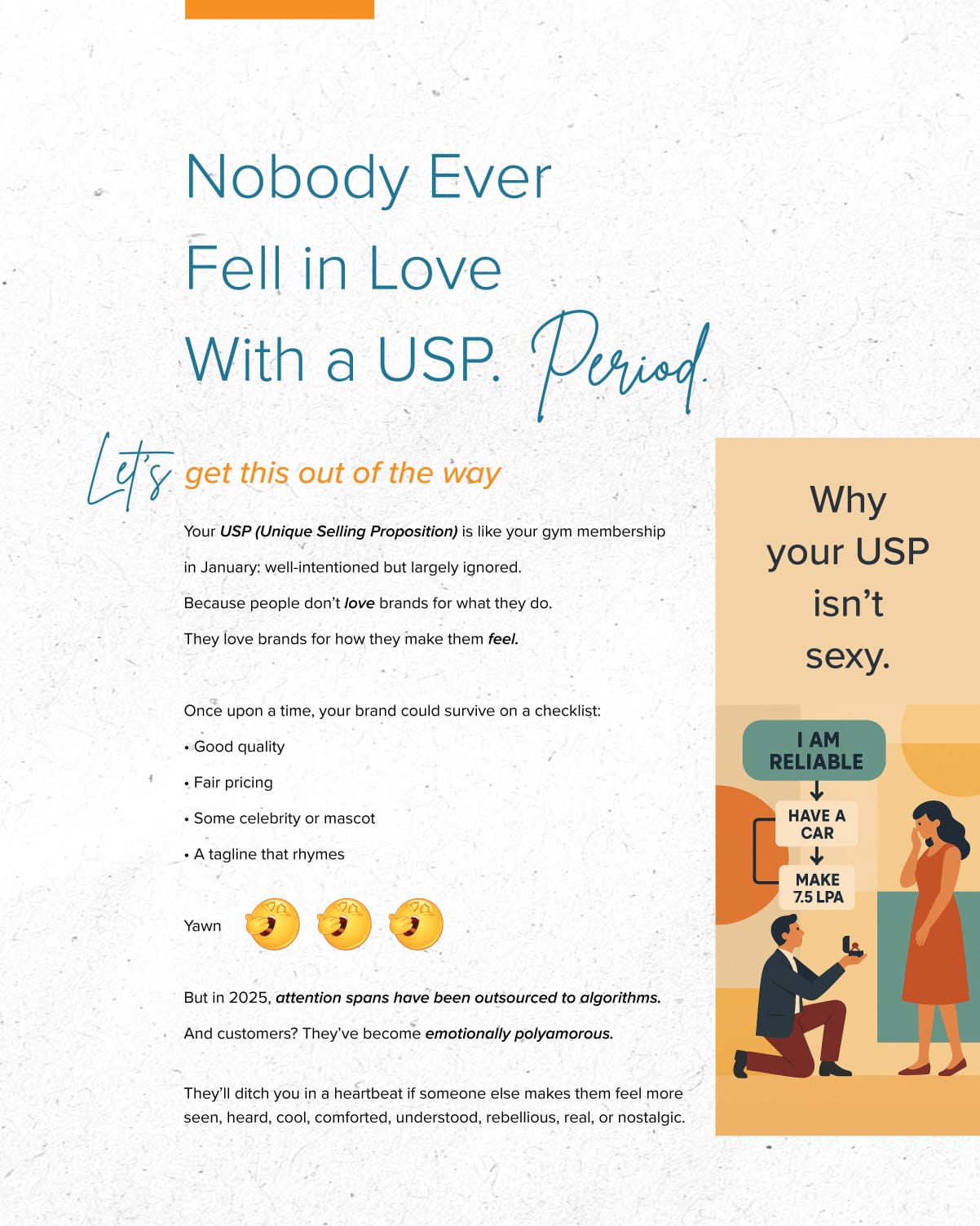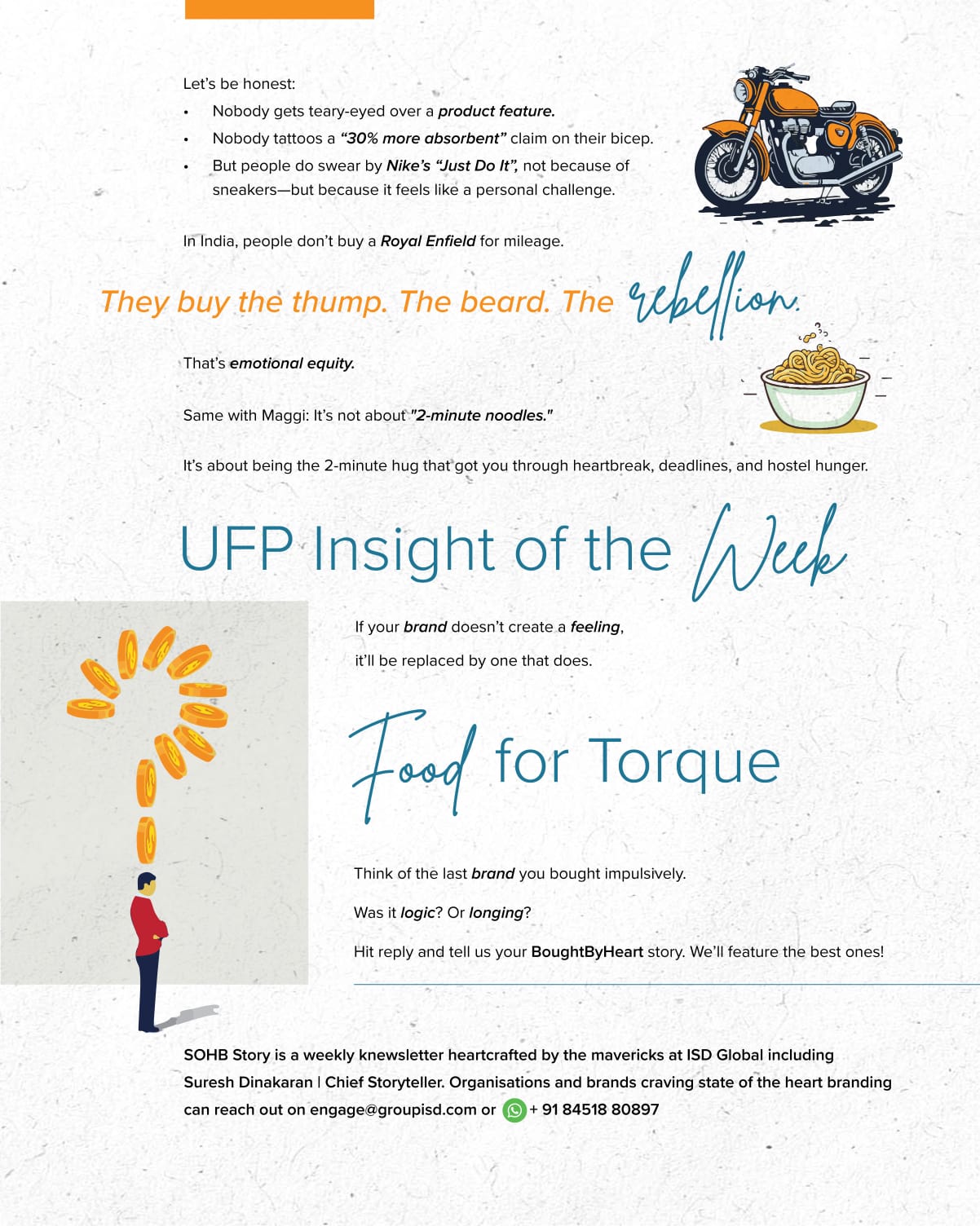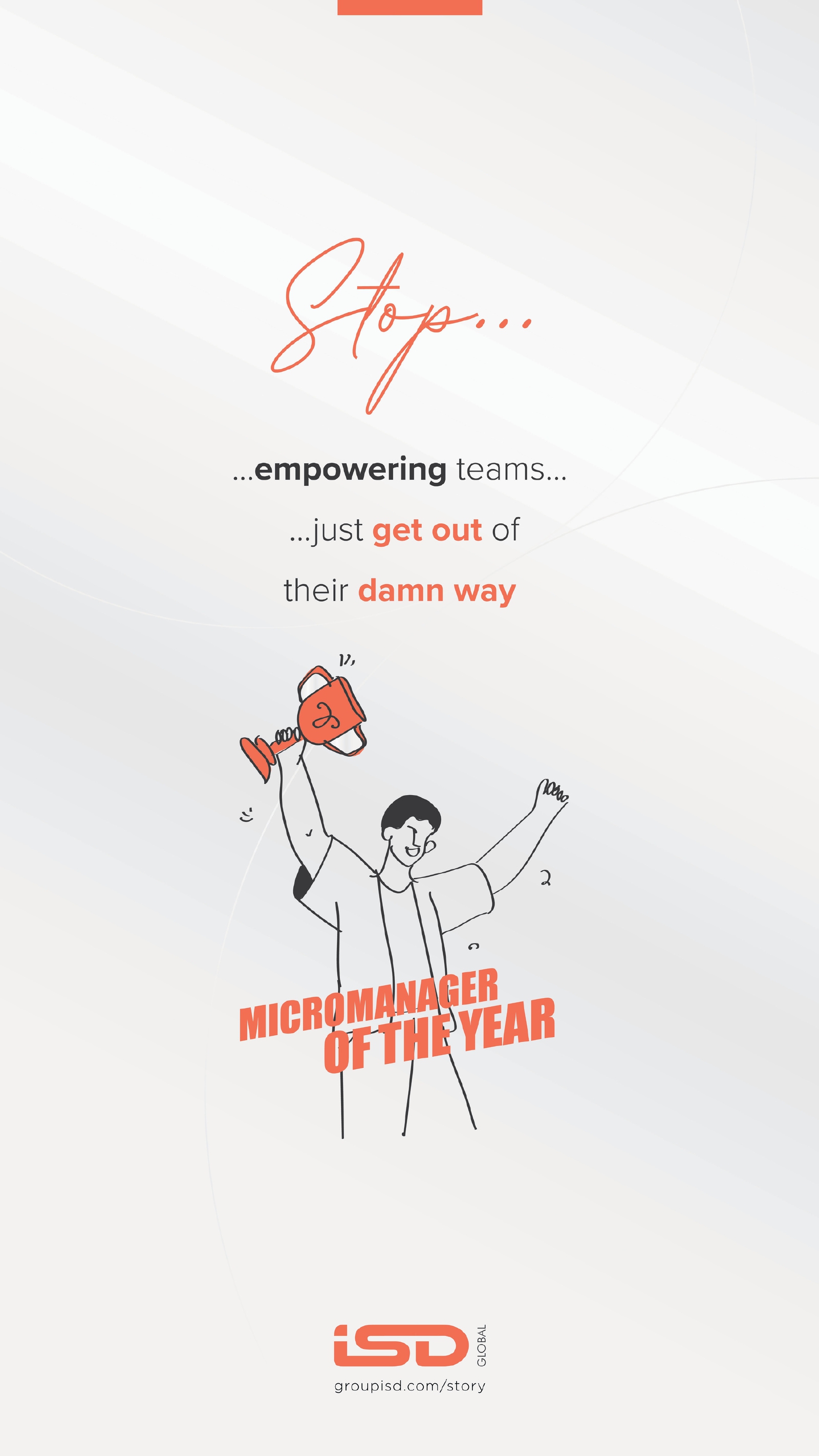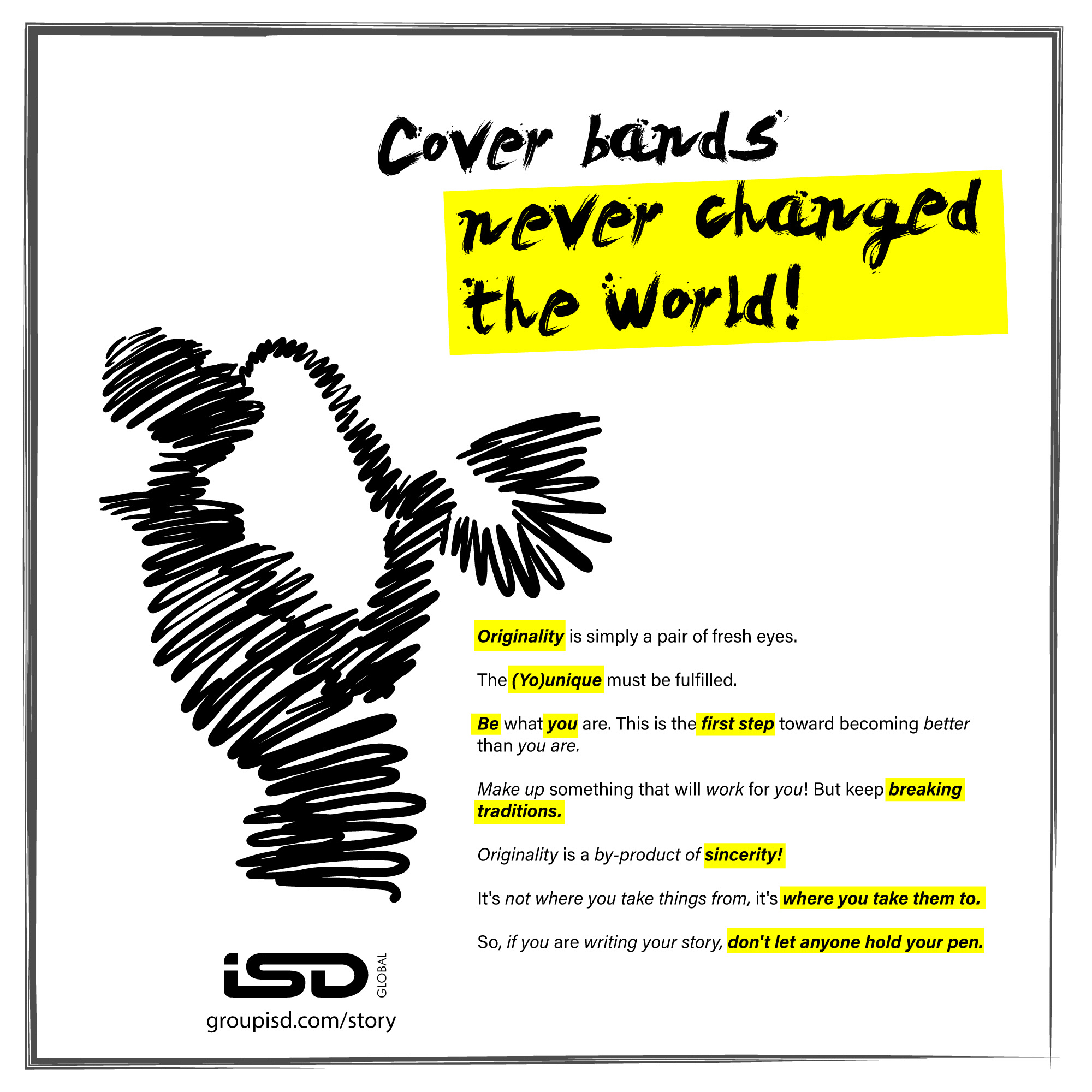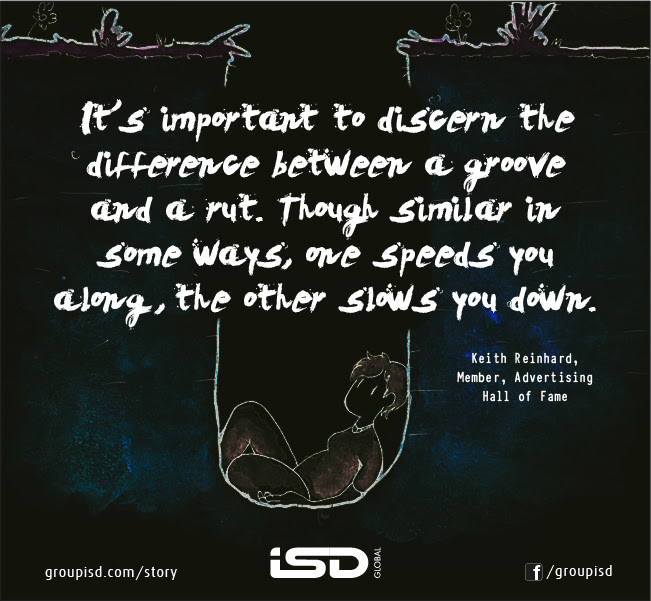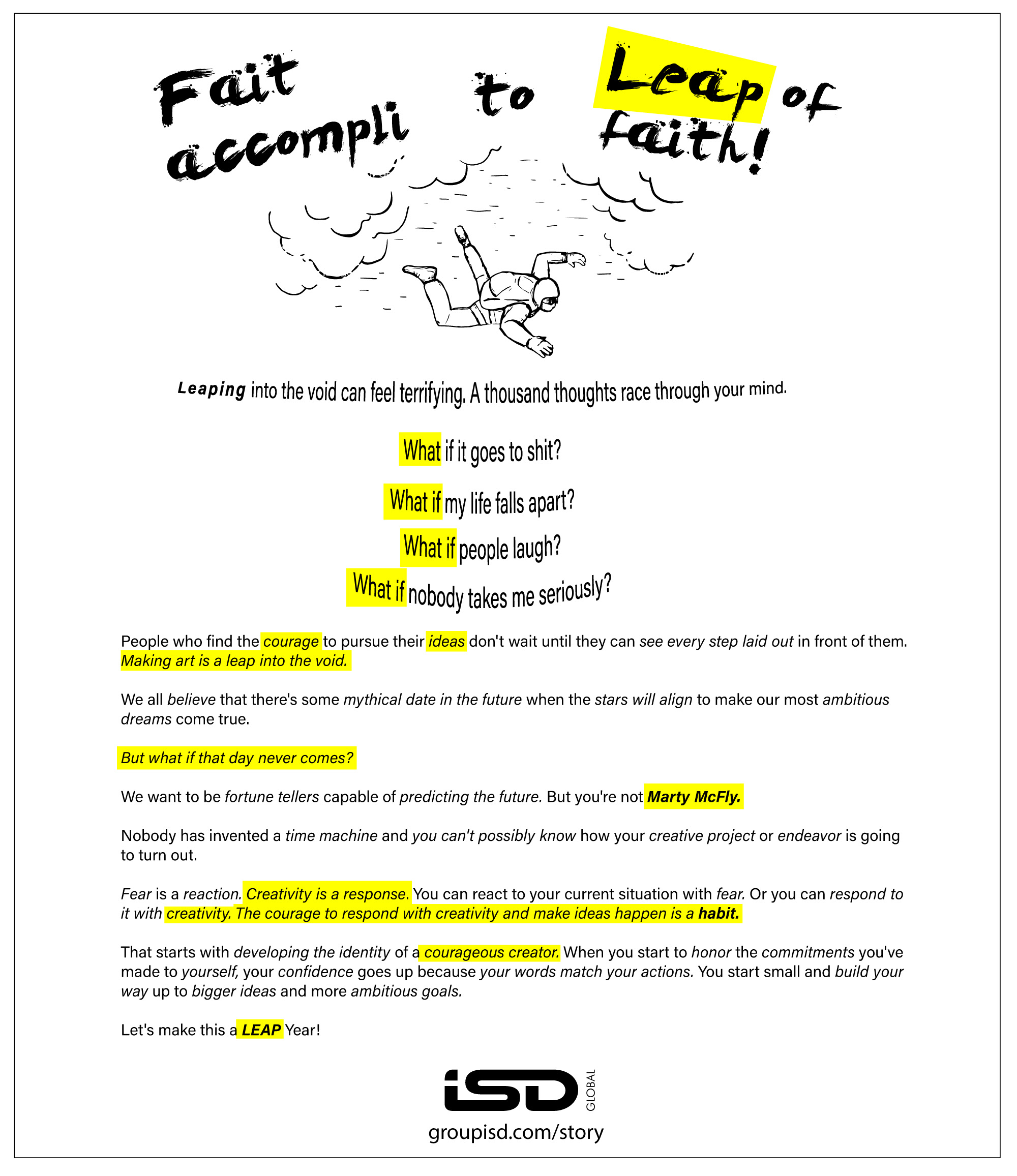Let’s take a stroll through history’s greatest hits of “How the hell did that work out so well?”
Amitabh Bachchan was rejected by All India Radio because his voice was deemed “unsuitable for radio.” THE AMITABH BACHCHAN. The man whose voice could make a grocery list sound like poetry. Imagine if he had accepted that verdict and spent his life whispering apologetically. Indian cinema would have collapsed from the sheer absence of baritone brilliance.
Sachin Tendulkar was dropped from his school cricket team. The boy who would become the God of Cricket was told he wasn’t good enough for his school team. If he had tattooed “NOT CRICKET MATERIAL” on his forehead and taken up accounting, India would still be crying.
J.K. Rowling was a divorced, depressed single mother on welfare when she started writing Harry Potter. Twelve publishers rejected her manuscript. TWELVE. That’s not just rejection; that’s a coordinated effort by the universe to tell you to quit. She didn’t. Today, she’s richer than the Queen of England and has created a fictional world more popular than most real countries.
Steve Jobs got fired from Apple – by the board of directors of the company he literally created in his garage. That’s like being kicked out of your own birthday party. But instead of spending the next decade introducing himself as “Steve, the guy who got fired from his own company,” he went off, built Pixar, revolutionized animated movies, came back to Apple, and basically invented the device you’re probably reading this on. His firing wasn’t career suicide; it was career resurrection.
Colonel Sanders – Rejected 1,009 times before someone finally said “yes” to his chicken recipe. If he had tattooed “FAILURE” on his forehead after rejection #500, we’d all be eating inferior fried chicken today. The horror!
Remember when A.R. Rahman was rejected by multiple music directors in the 90s? One producer literally told him his music was “too Western” for Indian audiences. Fast forward to today – the man has two Oscars and a shelf groaning under the weight of awards. That producer probably tells people at parties, “I discovered Rahman” (which is like saying you discovered the sun).
And our beloved APJ Abdul Kalam? Failed to become a fighter pilot. FAILED. Can you imagine if he had spent his life saying, “I’m Abdul, the guy who couldn’t fly planes”? Instead, he became the People’s President and inspired millions to dream of touching the sky.
With the above, we just took a world tour of the Museum of Human Stupidity.
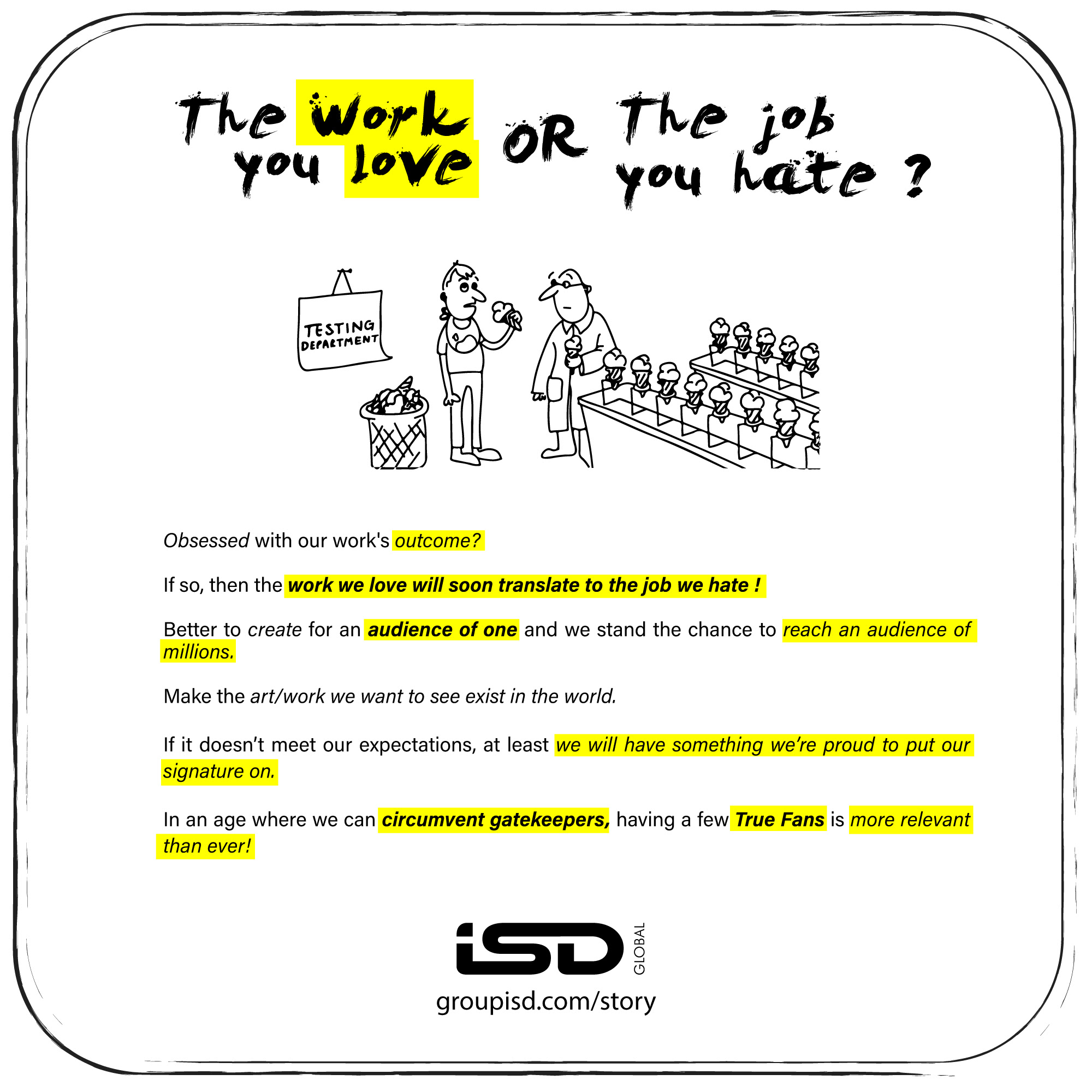
You’re reading this because you’ve done something that makes you want to change your identity faster than a witness protection participant. Maybe you sent a love text to your boss. Maybe you invested your life savings in cryptocurrency based on a TikTok tip. Maybe you told your mother-in-law exactly what you thought about her “helpful” parenting advice.
Welcome to the club. Population: Everyone who’s ever been human for more than five minutes.
But here’s the uncomfortable truth nobody’s brave enough to tell you while you’re busy crafting your apology tour: You are not your mistakes. You’re just really, really committed to the performance.
BTW, Your mistakes called. They’re tired of being your full-time identity and want to go back to being part-time teachers. Time to give them notice.
Let’s stop treating mistakes like they’re head lice—something to be hidden and whispered about. They’re the reason you’re not still eating Cerelac at 30. Mistakes are your personal trainers—minus the six-pack and the annoying motivational quotes. They slap you, shake you, and force you to level up. In effect, mistakes are the real MVPs of your story.
Narayana Murthy was told to stop dreaming. He was rejected by Indian bureaucracy when he tried launching his first venture. So he started Infosys.
And now those same bureaucrats use Infosys software to reject other dreamers faster. Life’s poetic like that.
Some mistakes that became classic masterpieces include Post-it Notes which were an accidental failure of a super-strong adhesive. Penicillin came from moldy negligence. India’s Chandrayaan-2 crash paved the way for the successful Chandrayaan-3.
Thomas Edison – This guy “failed” over 1,000 times before inventing the light bulb. Today, we don’t call him “Thomas the Guy Who Really Sucked at Making Light Bulbs.” We call him a genius. Imagine if he had given up after attempt #47 and spent the rest of his life introducing himself as “Hi, I’m Tom, the guy who can’t figure out electricity.”
Indian families have invented the most sophisticated mistake amplification system known to humanity. We can take a small error and turn it into a multi-generational saga worthy of a Saas-Bahu serial.
“Beta, remember when you scored 89% instead of 90% in 7th grade? That’s why you’re still unmarried at 28.”
“You chose arts instead of science? That’s why there’s global warming.”
But here’s the rebellion we need: Start introducing yourself by your dreams, not your disasters.
Instead of “I’m the one who failed CA twice,” try “I’m the one figuring out my path to financial expertise.”
Instead of “I’m terrible at relationships,” experiment with “I’m learning what love means to me.”
Every mistake is just a poorly marketed learning experience. That startup that crashed? You didn’t fail; you got an MBA in entrepreneurship without the student loan. That relationship that ended? You didn’t lose; you gained a PhD in understanding your own heart. All it needs is a bit of reframing.
Mistakes come with expiry dates, but we keep them fresh in our minds like that pickle our mothers insist has “good preservatives.” Time to clean out the mental refrigerator, folks.
You are the author of your life story. Mistakes are plot points, not the entire narrative. Would you rather be remembered as “the person who made that error in Chapter 3” or “the person who wrote an amazing comeback in Chapter 15?
So, dear beautiful mess of a human being reading this while probably procrastinating on something important: Your mistakes are not your identity. They are your teachers, your redirects, your plot twists, and sometimes, your greatest blessings in disguise. Stop introducing yourself at the court of your own conscience as “the defendant.” You are the judge, the jury, and the person who gets to write the final verdict. And that verdict should always be: “Not guilty of being permanently defined by temporary actions.”
Now go mess up something new. Make it spectacular. Make it educational. Make it yours. Because you are not your mistakes. You are what comes after them.
If you’re not making mistakes, you’re not living. You’re just rehearsing for a play no one will watch. Start treating your failures like a startup treats a pivot – not as a failure, but as a course correction based on market feedback. Your life is not crashing; it’s iterating. Indulge in some rebranding strategy.
Remember that whoever invented autocorrect probably made a few typos first. And look how much joy that invention has brought to group chats worldwide. Stop introducing yourself as your worst decision. You wouldn’t introduce pizza as ‘bread that failed to be bread.’ You’re not failure with a human costume.

